12 Surprising Tools You Could Find In A ’50s-Era Doctor’s Bag
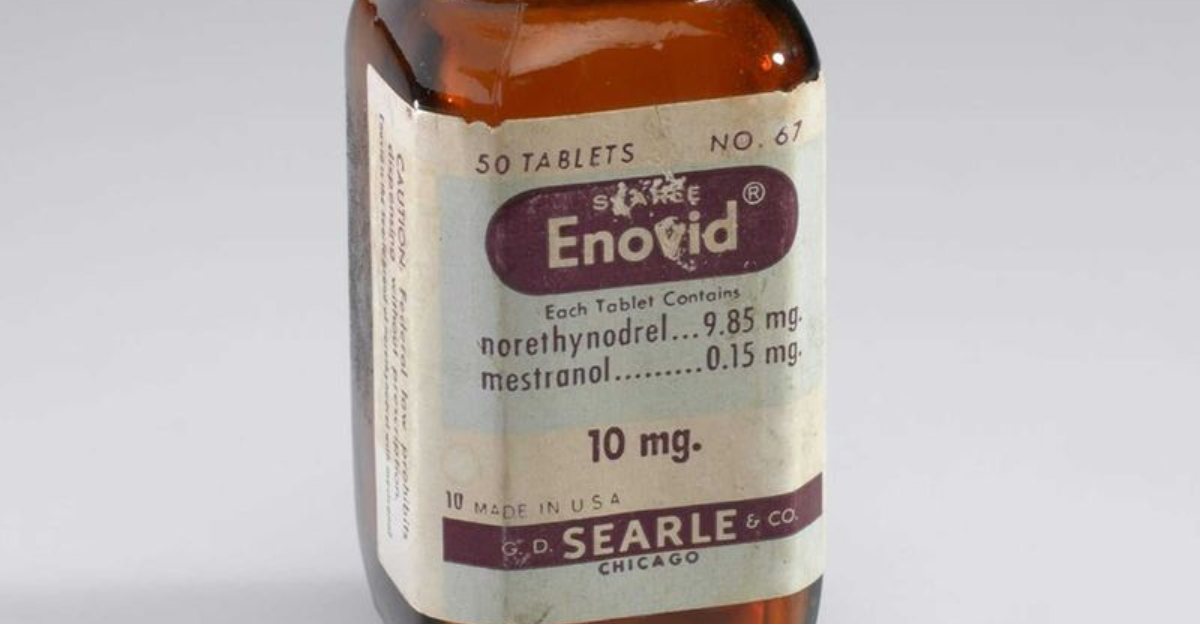
Step right into the time machine, folks, because we’re about to crack open a true blast from the medical past! Imagine a ‘50s-era doctor’s bag—sturdy leather, brass clasps, and packed to the brim with tools that are equal parts fascinating and mildly terrifying.
This was no ordinary kit. It was the ultimate retro arsenal of healing, where form met function in the most delightfully old-school ways. Inside? Gleaming glass syringes, shiny metal tongue depressors, and stethoscopes that looked like they were built for space travel.
Every instrument tells a story, echoing a time when house calls were common and a reassuring “You’ll be fine” came with a warm smile and a thermometer as long as your forearm.
So buckle up and prepare to marvel (and maybe wince a little) as we explore this quirky collection of vintage medical marvels. It’s healthcare history—with a whole lot of character and charm.
1. Glass Syringes
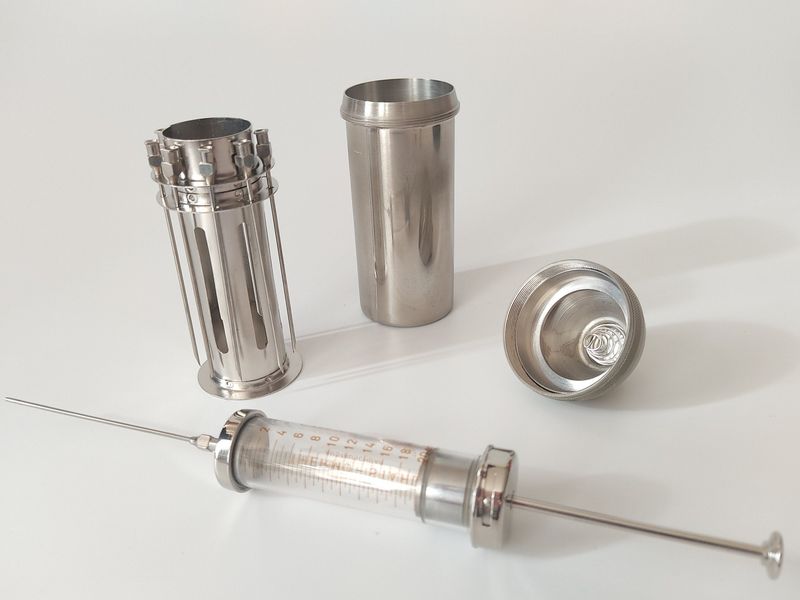
Let’s start with the weapon of choice, shall we? The glass syringe, reusable and endlessly sharp, was every 1950s doctor’s trusty sidekick.
Picture this: a sturdy glass barrel glinting in the light, filled with the cure to what ails ya. Sterilized between house calls, it was the epitome of hygienic elegance. Each clink in a metal tray was a promise of healing—or at least, an attempt at it.
But don’t let its delicate appearance fool you. These beauties were built to last, ready to pierce through ailments like an arrow to its target. It’s the kind of tool that makes you feel like a superhero, armed and ready for the next medical mission. Who needs Batman when you’ve got a glass syringe?
2. Mercury Thermometer
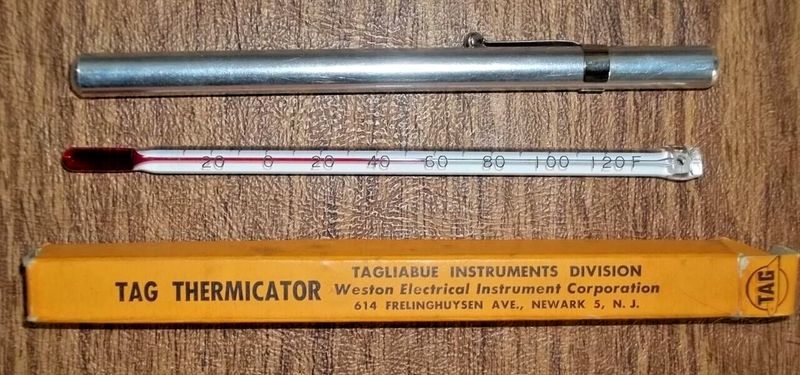
Mercury thermometers, oh how they glittered with promise and danger! Long and slender, these temperature tellers were as fragile as they were essential. One wrong move, and you’d have a miniature emergency on your hands.
Encased in metal that bore an uncanny resemblance to a lipstick tube, each thermometer was a secret agent of health. It whispered “normal” or “feverish” with a single, silvery glance.
The stakes were high, the tension palpable. Would it survive another patient, or would it succumb to the perils of gravity? Only time—and steady hands—would tell. But when it came to precision, the mercury thermometer was unmatched, a true relic of its time.
3. Tongue Depressors (Wooden and Ready to Judge)

Ah, the wooden tongue depressor—a tool as judgmental as it was functional. In the ’50s, opening wide meant more than just a check-up; it was a silent audition of sorts.
Doctors wielded these flat sticks like wands, revealing not only throats but perhaps snippets of patients’ souls. Was that a cough or a confession? Only the tongue depressor knew for sure.
Despite its simplicity, this unassuming piece of wood was pivotal in diagnosing everything from a common cold to an Oscar-worthy sore throat. Who knew a small plank could carry such weight?
4. Reflex Hammer (The Triangle One, Obviously)
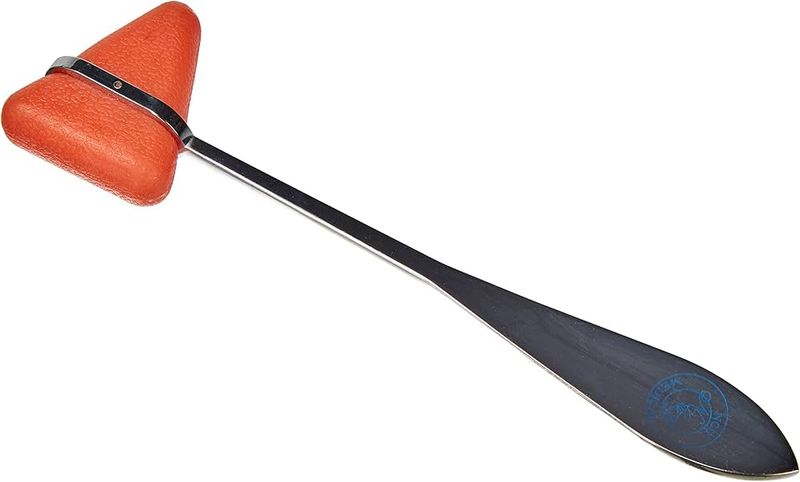
Behold, the triangle reflex hammer, the judge of knee-jerk reactions everywhere. In the hands of a 1950s doctor, it was more than just a tool—it was a showstopper.
A swift flick to the knee and voilà, a twitch, a nod, and perhaps even applause from the kid audience hoping to see a leg dance.
Made of cold, unyielding steel with a rubber tip, this hammer was the ultimate test of nervous integrity. It was less about the reflex and more about the thrill of the unexpected. Every knock was a gamble, a small drama in the doctor’s office.
5. Tourniquet Strap (aka: The Real-Life Snap Bracelet)

Snap! That’s the sound of a tourniquet strap in the ’50s, as much a tool as it was a statement piece. Whether rubber or cloth, it could have passed for gym class paraphernalia.
Essential for blood draws and high-stakes drama, it was often the precursor to a grand diagnosis. A simple loop and pull, and the stage was set—veins at attention, audience at the edge of their seat.
Being a doctor was part medicine, part theater, and the tourniquet was a critical prop. Who knew a little tension could reveal so much?
6. Ear Trumpet Otoscope Combo

Step right up to the ear show! The ear trumpet otoscope combo was a spectacle unto itself, a curious hybrid of metal, glass, and intrigue.
Doctors wielded it with the flair of a magician, peering into ears—and perhaps souls—with an air of scientific sorcery. Was it a diagnostic tool or a secret device for time travel? The line was delightfully blurred.
Its design was straight out of a mad scientist’s lab, adding a dash of mystery to every examination. In the world of ’50s medicine, this combo was an adventure in auditory exploration.
7. Scary-Looking Scalpel Kit
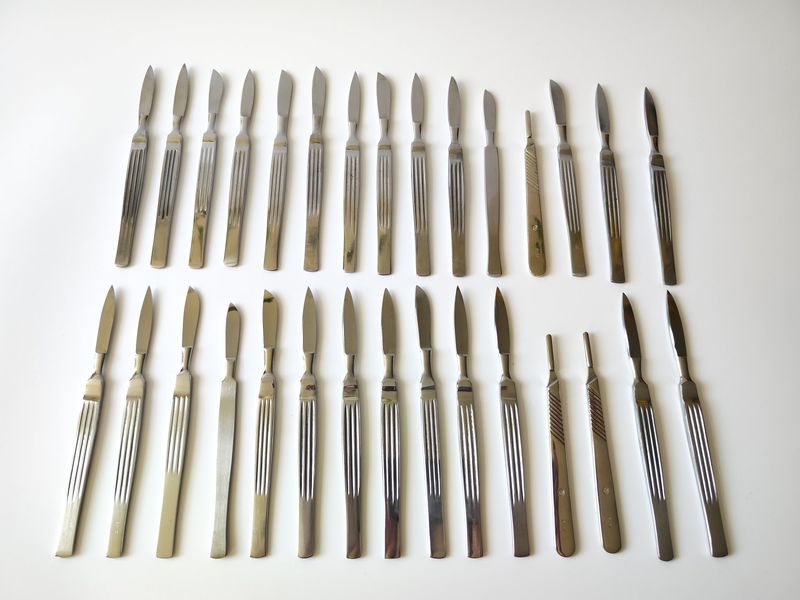
Ready for a slice of history? The scalpel kit of the ’50s was both terrifying and mesmerizing. Housed in a velvet-lined case, it looked more like a twisted jewelry box than a surgical toolset.
Each blade gleamed with precision, ready for small procedures—or merely to intimidate any ailment into retreat.
The scalpel kit was a testament to the artistry of medicine, where every incision was a dance of skill and daring. Not for the faint of heart, it was the surgical spirit distilled into metal and mystery.
8. Roll of Bandages With Safety Pins
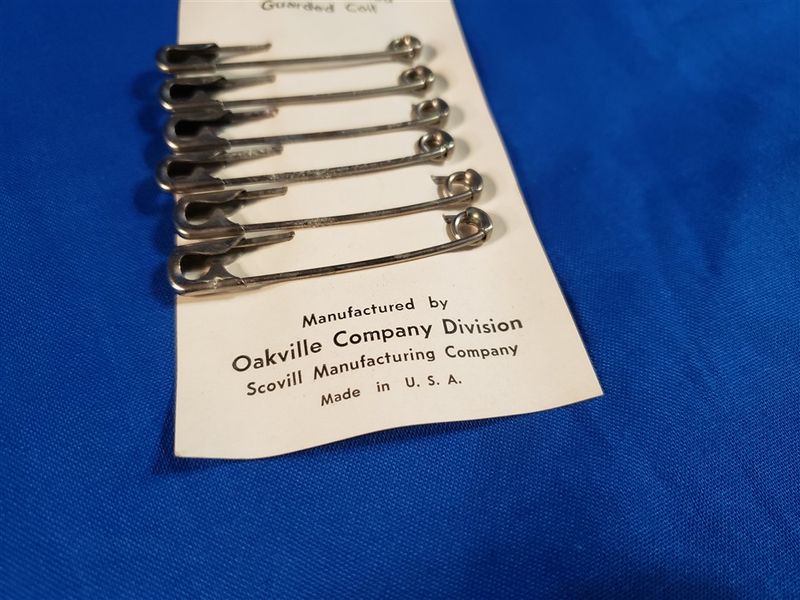
Wrap it up, folks! The roll of bandages in the ’50s was all about gauze, skill, and precision. Forget stick-ons; this was first aid meets origami.
With each wrap, doctors crafted makeshift masterpieces of protection and support, sealed with a well-aimed safety pin.
This was medicine in its rawest form—hands-on, tactile, and a little bit of a puzzle. The roll of bandages was a reminder that healing was both an art and a craft.
9. Stethoscope with Cloth Tubing

Hear that? It’s the sound of authority, wrapped up in cloth tubing. The ’50s stethoscope wasn’t just about listening; it was about power and presence.
Soft to the touch yet firm in purpose, this tool was the bridge between silence and understanding.
Unlike today’s sleek models, the cloth tubing added a touch of warmth, a whisper of connection between doctor and patient. Every heartbeat heard was a story told, a secret shared in hushed tones.
10. Digitalis Pills or Drops

Feeling a little noir? Enter the digitalis pills or drops, the heart’s silent guardian. Labeled with an aura of mystery, these little wonders were the go-to for heart conditions—and dramatic flair.
In a time when fainting spells were practically a social event, having a bottle of digitalis at the ready was both practical and theatrical.
Each dose was a delicate balance, a dance on the edge of remedy and risk. In the shadows of a ’50s doctor’s bag, digitalis was a star performer, keeping hearts in rhythm and the drama alive.
11. Alcohol and Cotton Balls in a Tin
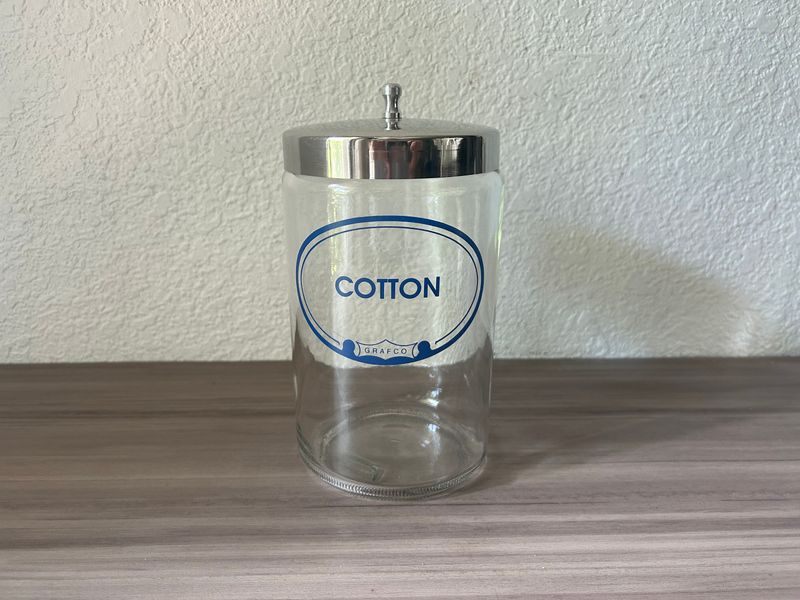
Click! That’s the sound of sterilization, vintage style. In the ’50s, alcohol and cotton balls came in a tin that snapped shut with sassy assurance.
DIY sterilization was the name of the game, and the smell of fear and cleanliness was the prize.
Each cotton ball was a promise of antiseptic purity, ready to cleanse wounds and spirits alike. It wasn’t just hygiene; it was a dance of preparation and precision.
12. Rectal Thermometer and Vaseline

Oh, the awkwardness of it all! The rectal thermometer, accompanied by its trusty sidekick vaseline, was the tool no one wanted yet everyone needed.
In the ’50s, it was a rite of passage, a necessary discomfort in the quest for accurate temperature readings.
Eye contact was discouraged, but humor and grace were essential. This tool reminded everyone that sometimes, practicality outweighed dignity, and laughter was the best medicine.
